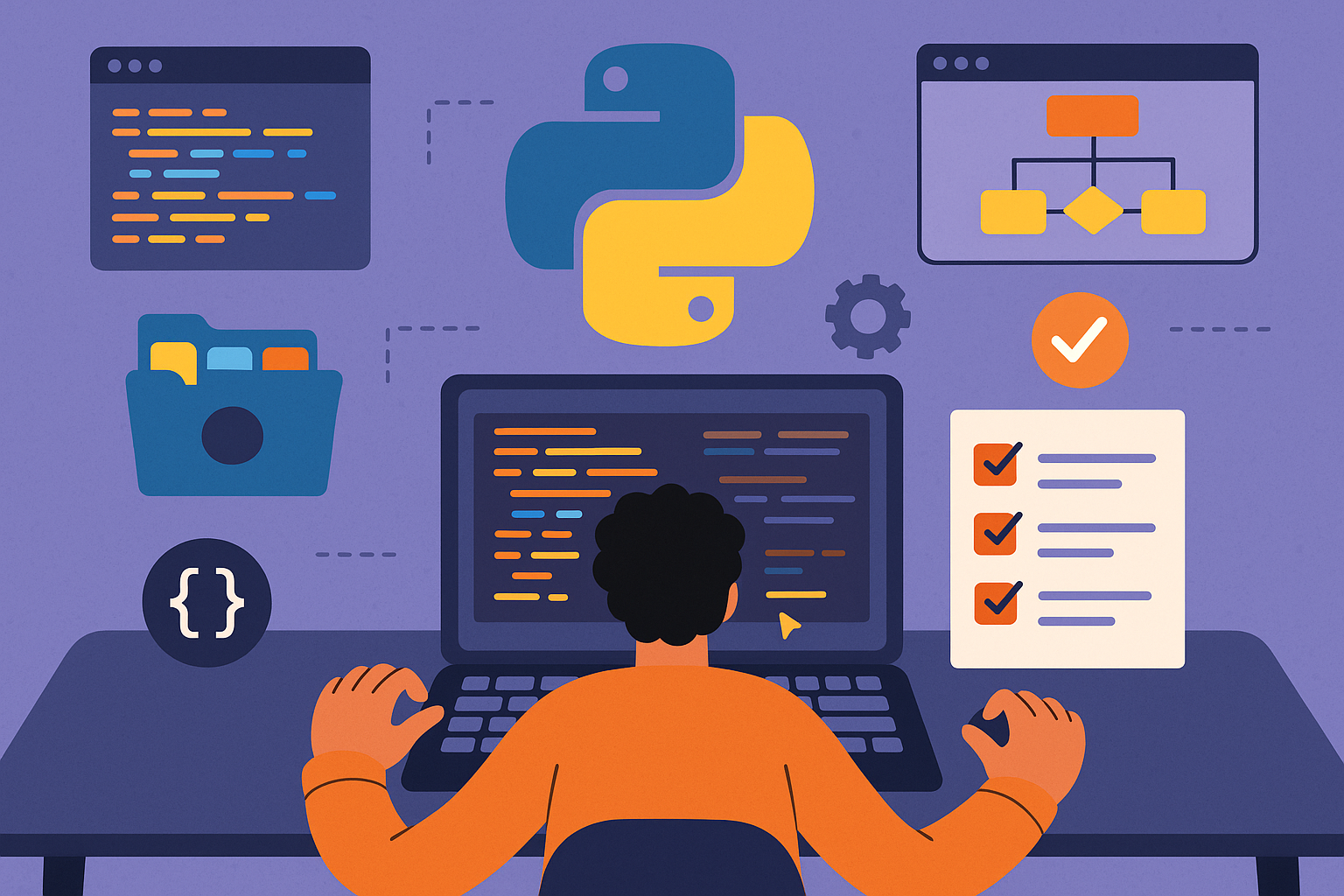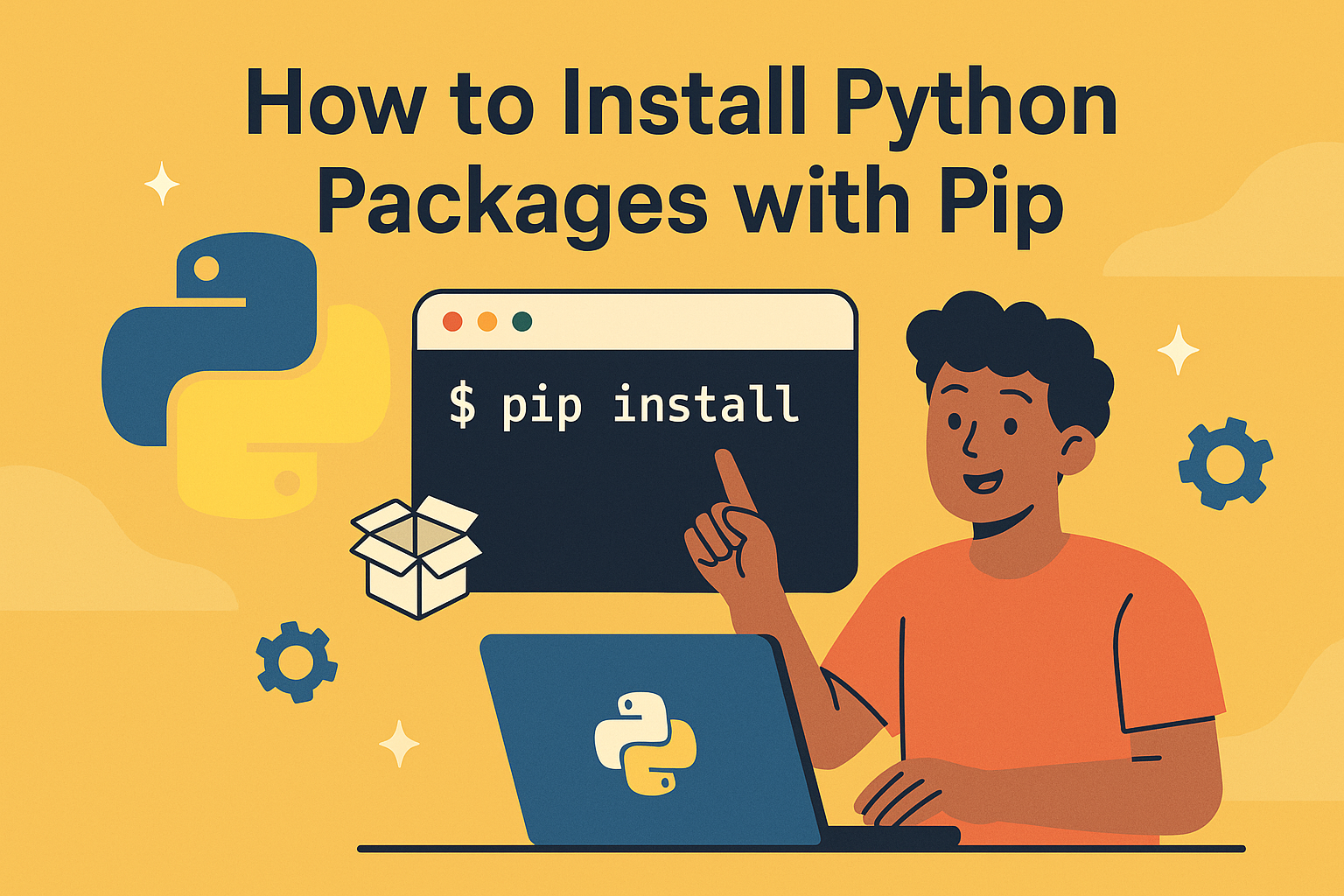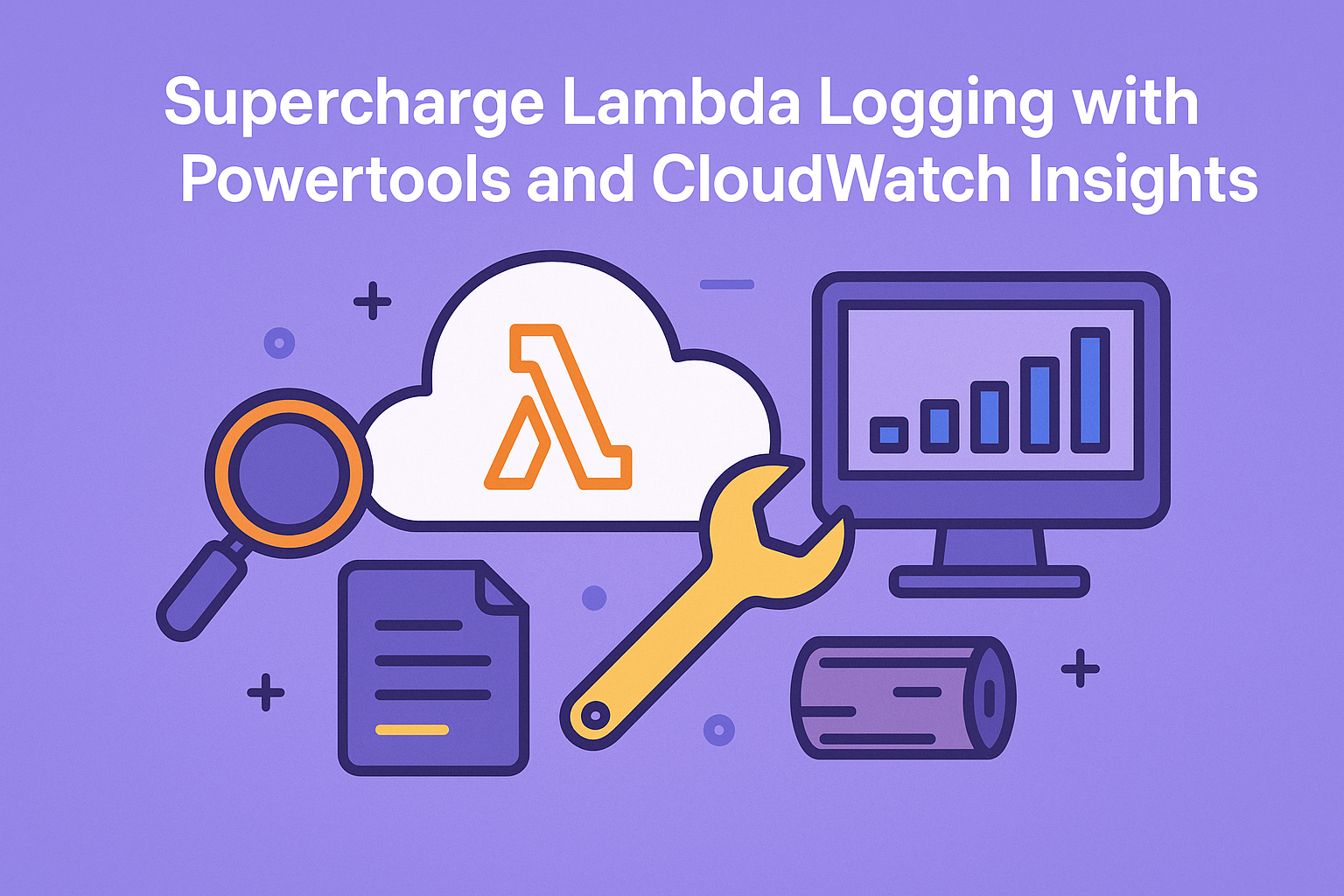
Pydantic: The Superhero Your Data Deserves
Stop writing validation code like it's 2010. Discover how Pydantic saves you from data nightmares, API disasters, and that one time your entire app crashed because someone sent 'ten' instead of 10.
Read more









